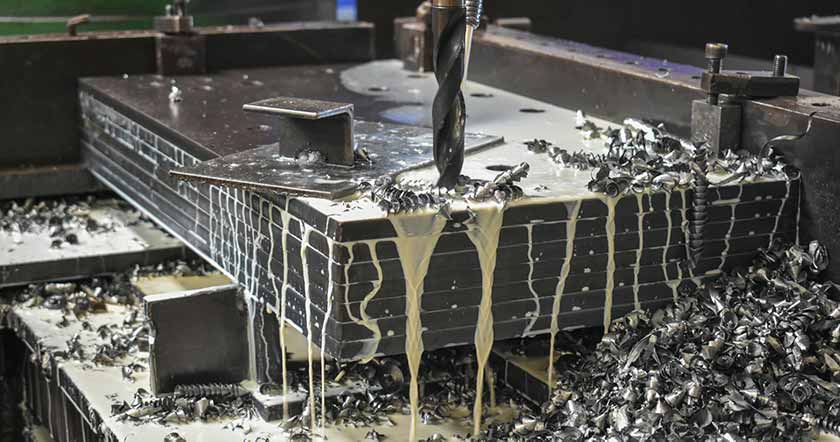
Productivity improvements in today’s manufacturing plants and machine shops are typically derived from the evaluation of the machining equipment, operating procedures, and labor allocations associated with process-side activity. Often the metalworking waste streams; consisting of metal and cutting fluids are overlooked as a place for productivity improvements due to an assumption that a collect-and-dump approach is the most cost-effective method of scrap and fluid management.
We challenge this industry assumption of limited gains and payback. Using the proper techniques shows quantifiable gains when evaluating the metalworking by-product and how to turn it into an environmental and economic benefit through a Continuous Improvement Process (CIP) to manage the waste stream.
The Continuous Improvement Process
CIP as a Continuous Improvement Process can also be used as an acronym for:
Each of the CIP elements is an investment, but the investment far outweighs the risk of not implementing such processes. Examples of shops working to minimize risk, increase the value of scrap while reducing fluid costs, and realize operational improvements will be used to highlight the importance of CIP implementation.
Examples of how a metalworking company can set and achieve productivity improvements using a CIP process for scrap and fluid management are:
C- Collect or Convey
I – Improving Condition
Scrap metal conditioning methods take material that is bushy, nested, or tangled and turn it into material that is flow-able or shovel grade. Simply reducing volume of metal scrap is the first step in improving the value of scrap and realizing cost savings. For example, a typical Crusher or Shredder System reduces material volume by 7 to 1.
Benefits of Volume Reduction Include:
P – Process & Fluid Recovery
Solid/Liquid Separation
The Growing Importance of Effective Coolant Management
Machining companies can no longer ignore the back end of their process and expect to maintain the high speed and high quality demanded by their customers in Aerospace, Automotive, and other industrial markets. The expectation of reliable, consistent, and timely delivery of parts and sub-components is critical for any supplier. But, technology and automation related to coolant management as well as adjusting current coolant management practices can dramatically improve operations- reducing operating costs, enhancing tool life and improving output quality.
For information on how a PRAB system could help you with your water or wastewater management processes contact us today.